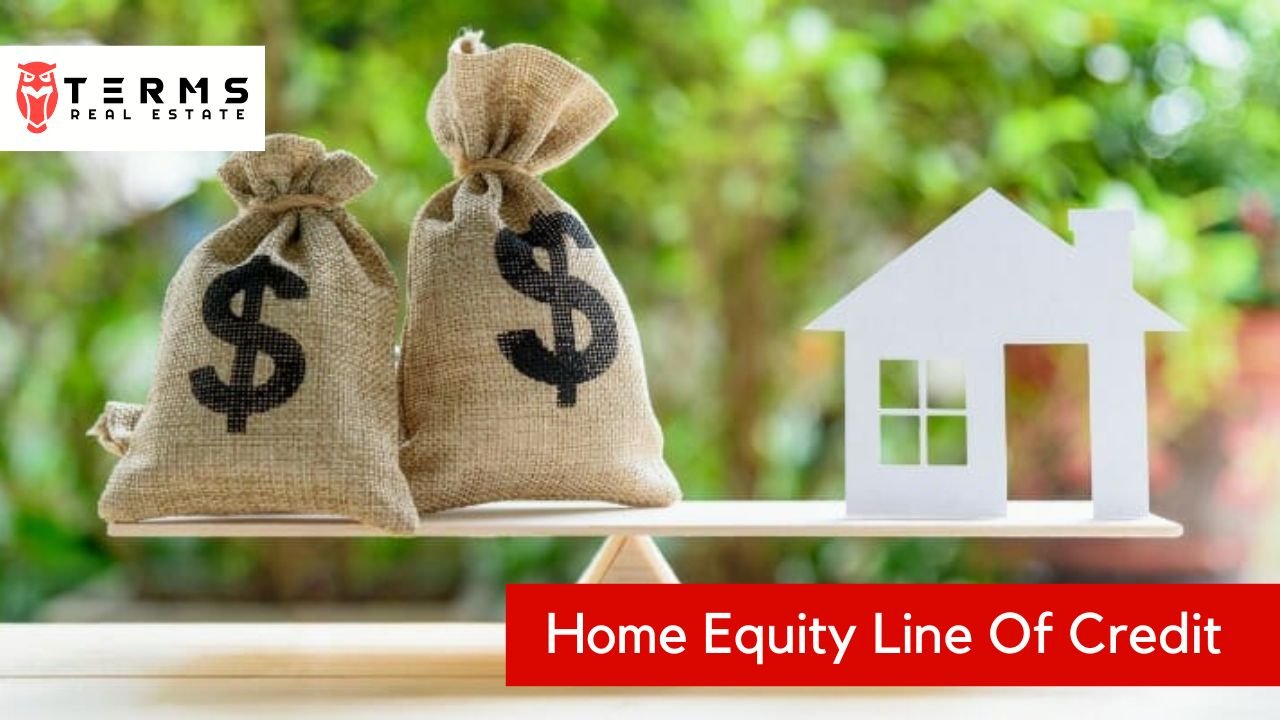When homeowners need money to help cover expenses, a home equity credit line, or HELOC, is a way to obtain additional funds.
HELOC funds can be used to remodel your home, pay for college, or even take a vacation. It can also be useful for people who need an alternative resource to pay off growing debt. People turn to HELOCs because they are an easy way to get the money they need.
What is a HELOC loan?
A HELOC looks like a second mortgage but works like a credit card. HELOC funds can withdraw when you need the money, instead of receiving it in a fixed amount, as is familiar with second mortgages, which are called home value loans. You can borrow your HELOC to pay for a child’s wedding and then buy a car. You can access HELOC funds at any time, but you cannot exceed the amount established when you signed the credit line.
HELOCs have advantages for those who use them wisely. Since a home secures the line of credit, the interest charged on loan is generally much less than what you would pay for an unsecured credit card. The problem, of course, is that the house protects the HELOC. If you do not comply, the lender may close your home.
Why would anyone use this?
Applying for a home equity line of credit is very similar to obtaining a primary mortgage. Creditors will want to know how much equity you have in your home, your appraised value, how much money you earn, your outstanding debts, and your credit score. The lender’s goal is to view you as a credit risk and find out how much your collateral is worth.
Once the lender checks your income and reviews a valuation on your home, it will contact you with an offer. Suppose you have a $ 300,000 home, you still owe $ 100,000 and have no other liens on your property. You must demonstrate your ability to repay a HELOC; therefore, you must provide proof of employment and other income and have a strong credit history. After the lender evaluates all the information, he decides the size of a manageable credit line. For example, they could offer you a $ 100,000 credit line for ten years, with a variable interest rate that starts at 4%.
Who is this available lender?
HELOCs come with a different loan and payment schedules, but the 30-year repayment period is quite common. Before applying, consider how long you want the credit line to remain active. Also, find whether the creditor charges closing costs and fees for appraisals and for filing official documents in court. In some cases, creditors waive these charges; in others, you pay them.
Home equity credit lines come with several terms, and many allow you to use the line for years without paying the principal. In our example, you can borrow up to a maximum of $ 100,000 during the 10-year withdrawal period by making interest payments on the balance. After that, the credit line freezes, and you will have to pay interest and principal for another 20 years. You must make minimum monthly payments with the borrowed money, but you can streamline the amount if you wish.
HELOC and interest rates
Most HELOCs have variable interest rates that work like adjustable-rate mortgages. If a creditor offers you a 30-year HELOC with a 10-year withdrawal period, it will generally only pay interest on the outstanding balance for the first ten years, then interest and principal for the remaining 20 years.
Banks use indexes and spread to define variable rates. There are many indexes. All are assessments of changes in market conditions placed on financial instruments, such as Treasury bills, to establish a price. Many banks use the basic US interest rate. The USA As an index, they add a fixed percentage, called a margin, to the index rate to set their interest rate, which can change frequently.
Interest rates can change or adjust almost daily. The price offered by a lender can vary from the rate charged by borrowing customers who have the best credit. Lenders consider the amount of principal you have in your home, your creditworthiness, your debt-to-income ratio, and all your sources of income to determine how much you can borrow and the interest rate you will pay.
In early 2019, HELOC’s annual rates averaged just over 5.5%, while equity lending rates averaged close to 8.75%.
To avoid variability and to allow borrowers to anticipate what they will pay each month more accurately, lenders sometimes allow borrowers to lock their interest rates. A padlock sets the interest rate by a certain percentage until the borrower removes it. The bank usually charges a fee for a padlock, which can be advantageous if interest rates are going up, but it ends up costing more if interest rates fall. Blocked interest rates are generally higher than the variable rates on the same loans.
What is the difference between a HELOC loan and a traditional loan?
A traditional loan is a bank loan, pure and simple, while home equity lines of credit are slightly different. They are a revolving source of funds, similar to a credit card, which you use as you see fit. Most banks offer different ways to access these funds, either through an online transfer, check, or credit card connected to your account. Unlike home loans, they tend to have few closing costs, if any, and have variable interest rates, although some lenders offer fixed prices for several years.
How to order a HELOC
Lenders generally solicit customers by direct mail or online, and some allow you to make an initial request electronically. But most will want a variety of documents to verify income. The application is likely to require you to provide recent tax returns and possibly investment and bank statements. The lender can also contact your employer to check the status of the job. The lender will undoubtedly do a credit check. All of these claims are used to establish credibility and can sometimes take several weeks.
Small creditors can speak to you in person, while national banks usually call you and request copies of documents to be sent by fax or e-mail. After you are approved and accepted, the loan is closed in a procedure that remembers what happened when you signed a mortgage on your home.
Conclusion:
HELOCs have advantages for those who use them wisely. Since a home secures the line of credit, the interest charged on loan is generally much less than what you would pay for an unsecured credit card.



